
| Intro | Monthly Display - February 2024 - Page 2 (of 14) |
Page 2 | Home Page Menu / Back to Main Monthly Page

Digital photograph taken at the Adelaide Botanic GardensThis photograph was used in my computer program for developing all the abstract images on this page. With these examples, I want to show some of the variations that my computer program is capable of, that are relevant to the images being presented in this month's display... |
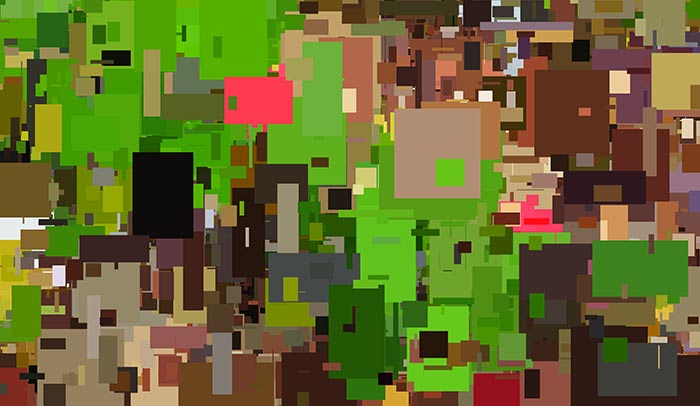
6,200 x 3,600 pixel digital image, produced using my own abstract image computer program, from the photograph shown above.This is a typical image produced using my abstract image computer program, that places randomly sized and positioned 'blocks' over the surface of the image. The blocks can be coloured using a variety of algorithms. In this case, the blocks are coloured by reading the colour from the position on the photograph that corresponds to the centre of each block. Some other ways of colouring the various elements applied by my abstracts computer program include:
|
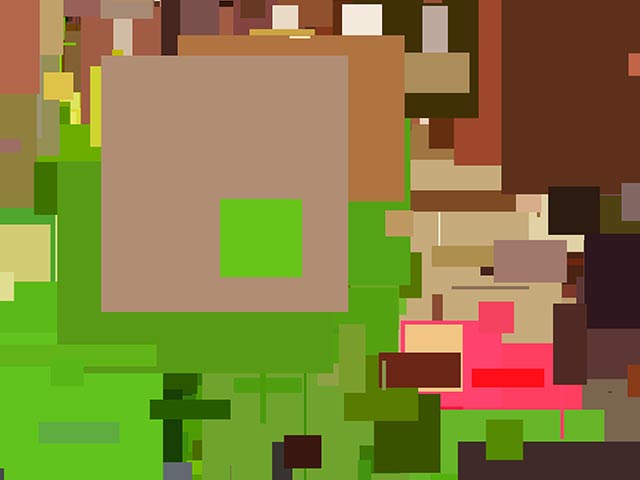
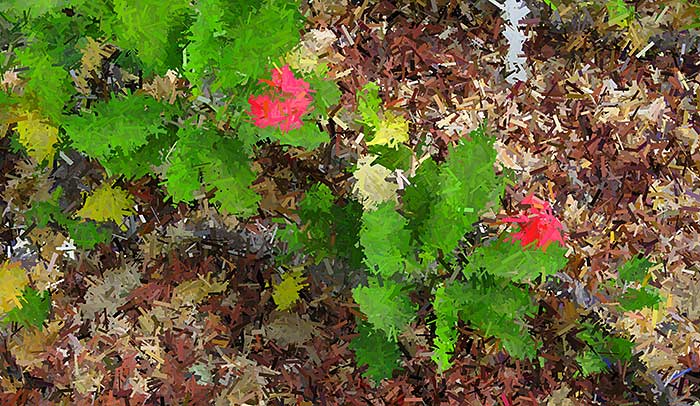
6,200 x 3,600 pixel digital image, produced using my own abstract image computer program, from the photograph shown above.In this image, I've used randomly orientated bold strokes (long thin rectangles). As in the previous example, the rectangles are coloured by reading the colour from the position on the photograph that corresponds to the centre of each rectangle. The image is created from applying thousands of these randomly placed and randomly orientated small bold strokes of flat colour. I like the energy that is depicted in images built up using this technique. |

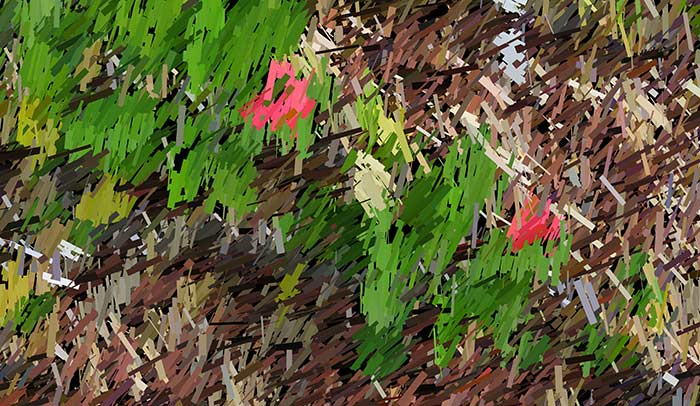
6,200 x 3,600 pixel digital image, produced using my own abstract image computer program, from the photograph shown above.Here, the orientation angles of the elements (or 'brush strokes') are determined from the colour information read from the photograph. By selecting start angles and angle ranges, I can achieve a primitive form of modelling. This type of image is starting to look like it was created by a person, and seems to emphasise the different colours found in the photograph. With my program, I can also calculate the orientation of the elements from the position on the image. This means that I could, for example, have elements radiating from a centre point (or any other set point) on the image, or have elements follow circles that are centred on a set point on the image, etc. I can also use a combination of percentages of using the screen position, the 'hue' component (where a colour sits on the colour wheel) of a colour read from the photograph. and the value component (how dark of how light a colour is) of a colour read from the photograph. Computers can calculate these things very quickly. |
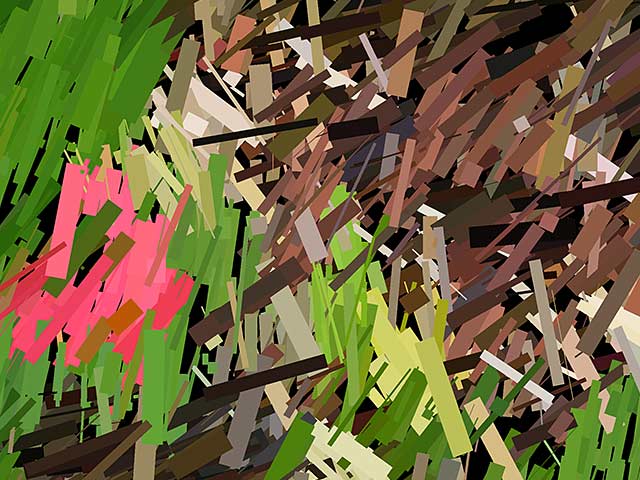

6,200 x 3,600 pixel digital image, produced using my own abstract image computer program, from the photograph shown above.This image was produced in a similar way to the previous one, but was started from a background of golden yellow, instead of black, and uses slightly smaller strokes. Having the flecks of the golden yellow underneath the image 'colours' the whole passage with an introduced colour, and changes the overall feeling of the image. |

The elements that can be applied to the images include rectangles, circles, and lines. The basic dimensions for each element can be specified, including ranges for random variations of dimensions. |
Page 2 | Home Page Menu / Back to Main Monthly Page
| Intro | Monthly Display - February 2024 - Page 2 (of 14) |